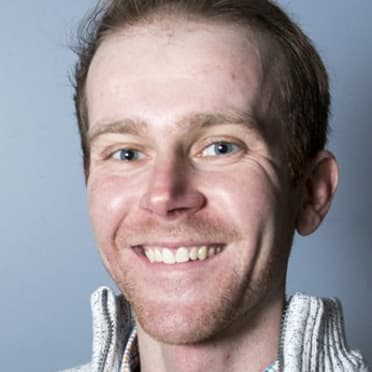NEW YORK -- The Mariners were so close to starting Luis Torrens at third base on Wednesday against the Rays that a lineup with his name penciled in at the hot corner went live ahead of first pitch. But manager Scott Servais pulled back on those plans, saying one day later that Seattle would like to allocate more pregame reps there for Torrens before putting the in-game pressure on him.
Sure enough, Torrens was working extensively at third with Abraham Toro on Thursday at Yankee Stadium, where the Mariners opened a huge four-game series against the club directly ahead of them in the postseason standings.
“If it helps me to stay in the lineup, I’ll do everything,” Torrens said. “I want to be able to play any position. First base, third base, catching.”
Torrens’ .888 OPS since returning from a Minor League demotion on June 15 necessitates that he plays regularly, which is why he’s been working far more with infield coaching guru Perry Hill, also at first and second. He still participates in all of the catching meetings, too.
But Torrens is one cog in a greater scheme of defensive versatility that the Mariners are building for beyond this final postseason chase.
Ty France has emerged as one of the stronger defensive first basemen in the American League by most advanced metrics, and he began Spring Training as a work-in-progress second baseman. Toro grew up at third in the Astros’ farm system but will see nearly all of his action at second on days Kyle Seager starts.
Even Cal Raleigh will take first-base reps exclusively on days that he doesn’t catch, such as Thursday. Shortstop J.P. Crawford and Seager are the only infielders locked into a position, and Seager could be gone next year if the Mariners don’t pick up his $15 million club option. Since Seattle acquired Toro, Dylan Moore has also returned to his best position: the utility man off the bench who can play anywhere.
Setting up Servais with more in-game options to be creative about substitutions, pinch-hitting and more is the immediate payoff, but the Mariners are also thinking for 2022 and beyond.
“With a three-man bench, sometimes we get limited in close games toward the end or extra-inning games, so we have to increase some guys’ versatility,” Hill said. “That’s a plus for a manager; there's different pieces he can move and so the manager’s hands aren't tied. [Servais] can make moves late in the game and doesn’t have to worry about who can play this, or who can play that. We want to try to give him as many options as we can.”
When Torrens signed as an international free agent with the Yankees in 2012, he was a shortstop, and it wasn’t until he was coming up in their system that he moved to catcher. So he has the foundation of playing infield, but that was also a long time ago and this is the big leagues. That’s why the Mariners are being aggressive about bringing him along but tempered in deploying him at third in games.
And that’ll be the case with just about everyone. The Mariners love what they’ve seen from Toro at the plate so far -- three homers in his first eight games -- but they’ve also been bullish on his glove, even if there’s a learning curve at second, specifically with the array of arm angles required to make off-balance throws compared to more consistent over-the-top hurls at third.
“The more you can do, the more value you have to our team,” Hill said. “So it's really to both benefits. It helps us as managers and coaches for the versatility and maneuvering people late in games, and it also helps the players get more playing time.”


